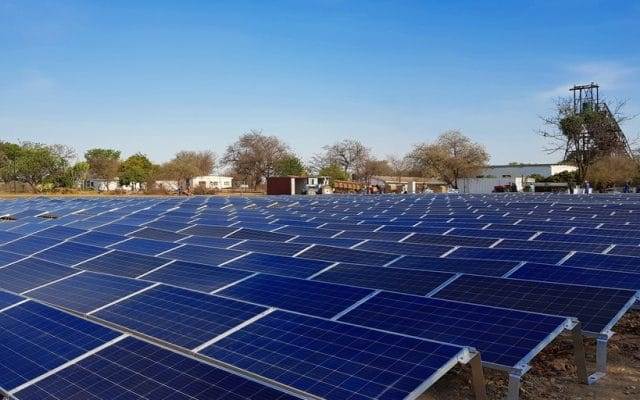A BloombergNEF (BNEF) report estimates mini-grids can assist 238 million households that will need to gain electricity access in Sub-Saharan Africa, Asia and island nations by 2030 for the achievement of universal access.
Mini-grids can serve almost half of this total – an estimated 111 million households with a capital investment of an estimated $128 billion between 2020 and 2030. Mini-grids are the most suitable option for many low- and medium-density areas, the report said.
New technologies are making it possible for electricity to be provided through decentralized networks. The costs of PV modules and lithium-ion batteries fell sharply by 86 percent and 85 percent respectively between 2010 and 2018.
Solar hybrid mini-grids that integrate PV and other decentralized energy resources such as diesel generators and energy storage can complement and compete with main grid extensions in terms of the cost of electricity and the speed of deployment.
Grid extension is the predominant approach for providing electricity access in remote areas. The areas that the main grid can reach more economically than off-grid alternatives are slowly being exhausted. The incremental costs of adding new rural customers via this route are becoming prohibitive in some places.
“As the market matures, funding deployment must be quicker. This is linked to the policy and regulations of the countries where recipients of funding are located. Governments need to promote robust regulatory frameworks that support the development of mini-grids,” said Takehiro Kawahara, frontier power lead analyst at BloombergNEF.
The report identified 7,181 mini-grid projects in Sub-Saharan Africa, Asia and small island nations with some in Latin America, as of March 2020. As many as 5,544 mini-grids were operational, of which 63 percent were solar or solar hybrid systems.
The economic analysis in the report compares the levelized costs of electricity (LCOEs) of different mini-grid types. LCOEs ranged from $0.49 to $0.68 per kWh for solar hybrid mini-grids operating in isolated areas and serving both households and productive-use customers in the six case study countries.
Installing PV modules in mini-grids improves their economics as compared to using diesel. Adding daytime demand can cut the overall cost of electricity as it correlates with the generation profiles of PV systems powered by the sun. This boosts the utilization rate of the mini-grid, leading to a lower cost of electricity and higher average revenue per user.
There are two big challenges that need to be overcome for mini-grids to scale up and realize their potential. First, rural customers in need of electricity access often have limited power demand and sometimes lack the ability to pay. Second, there is a general lack of policies and regulations to support mini-grids.
The report found that 14 funders belonging to the Mini-Grids Funders Group had approved a total of $2.1 billion by March 2020, of which 13 percent had been disbursed. There is a lack of pure commercial financing as the mini-grid market lacks scale and developers’ project track records are limited.

